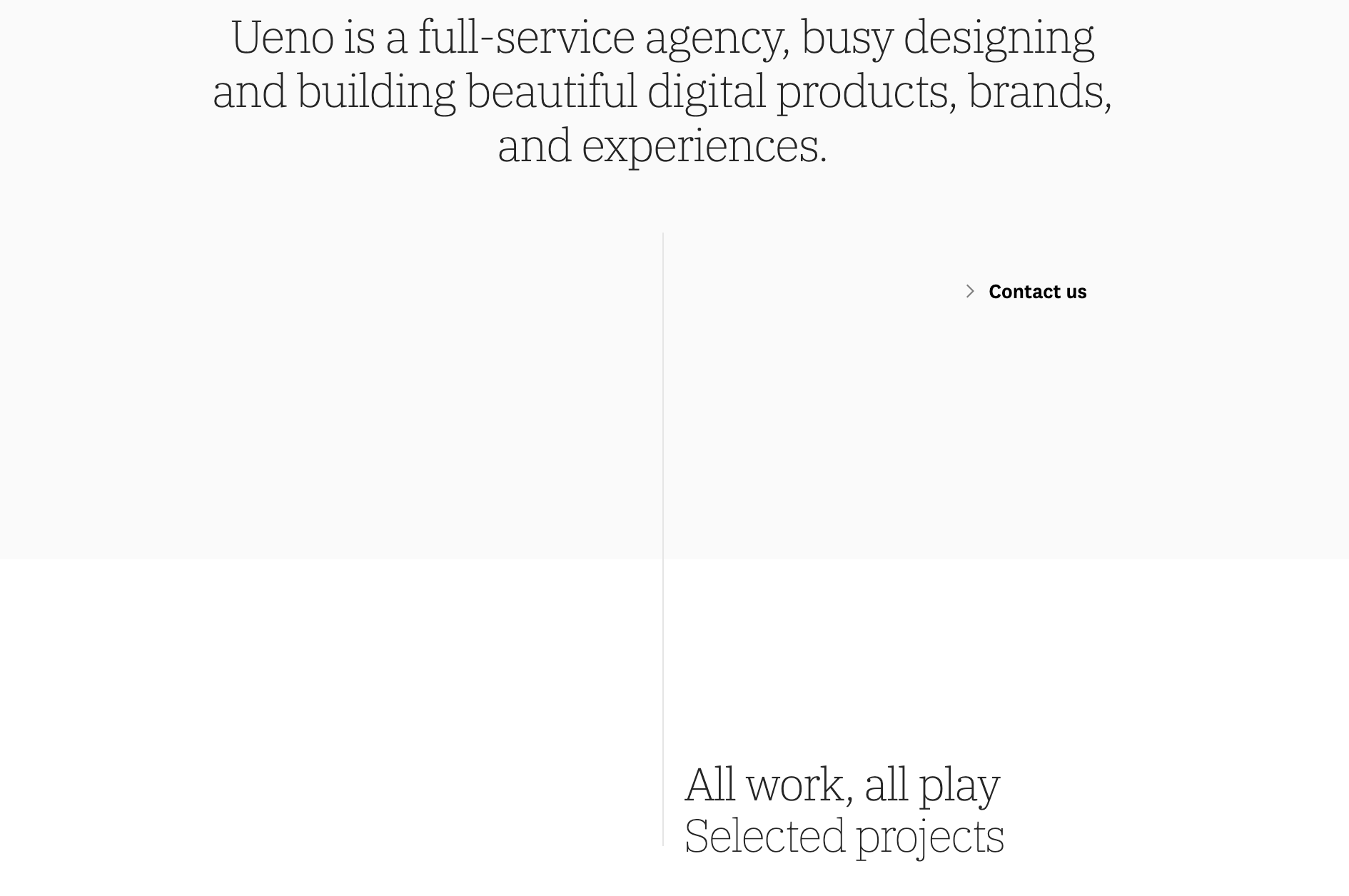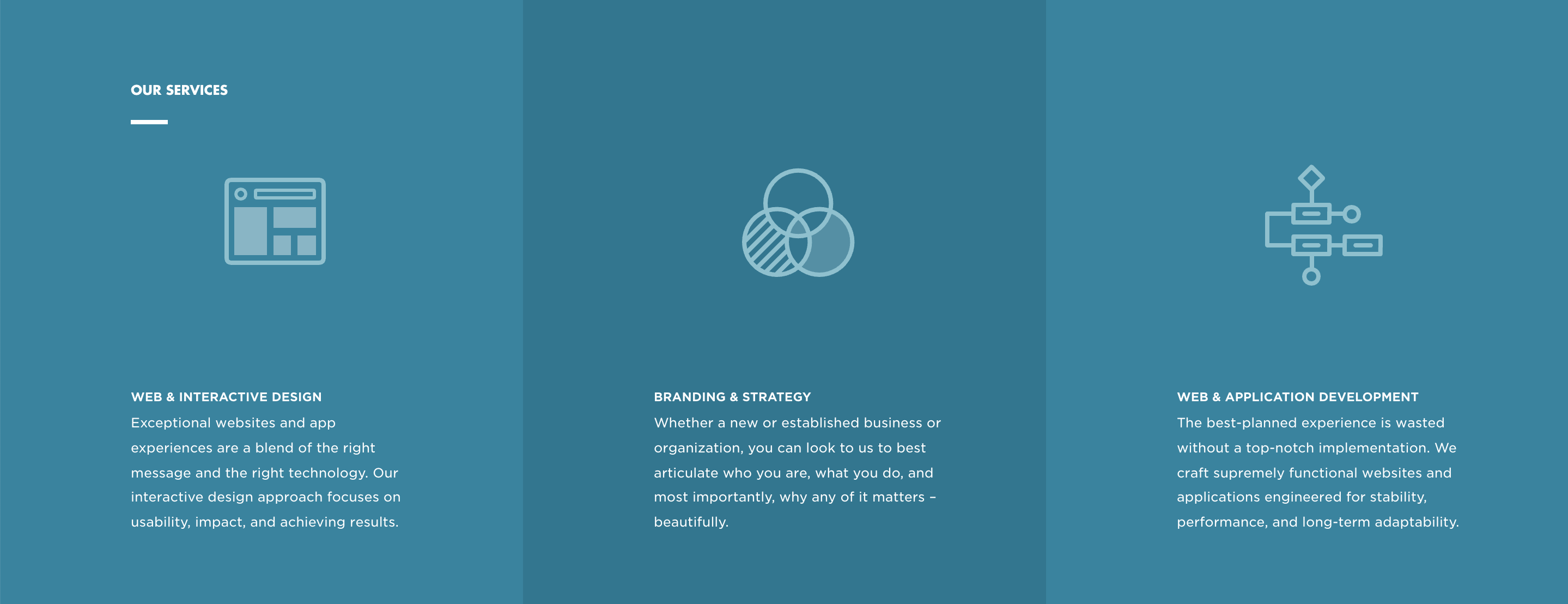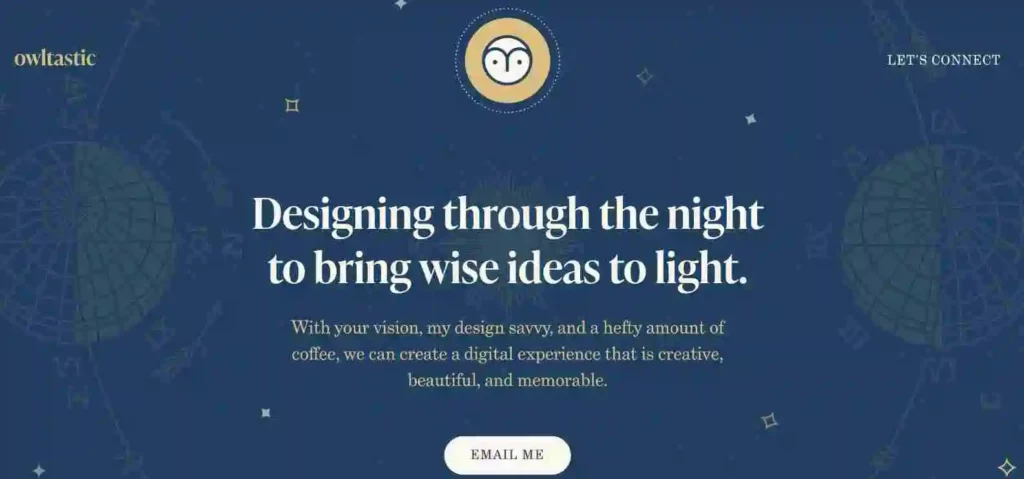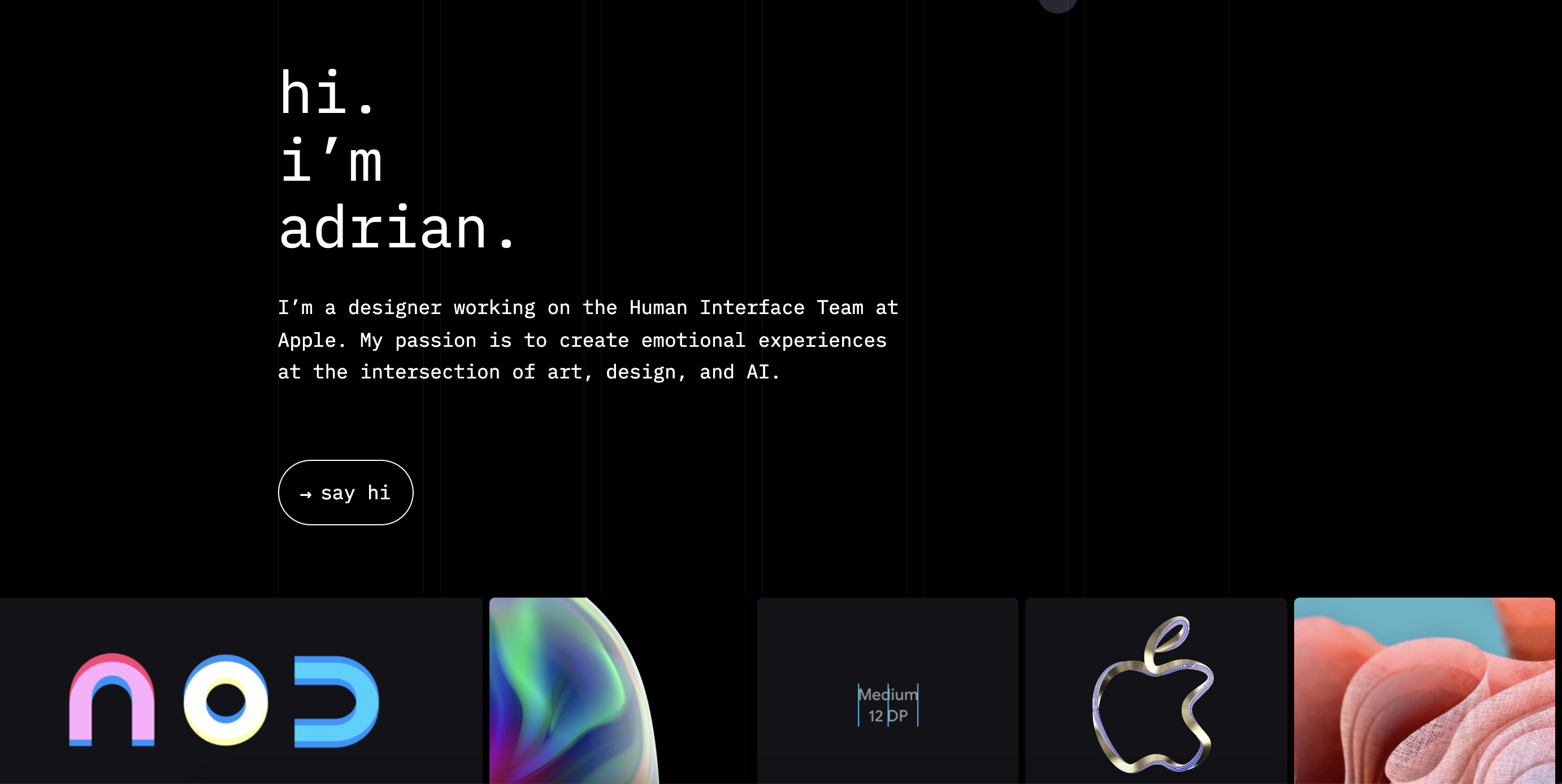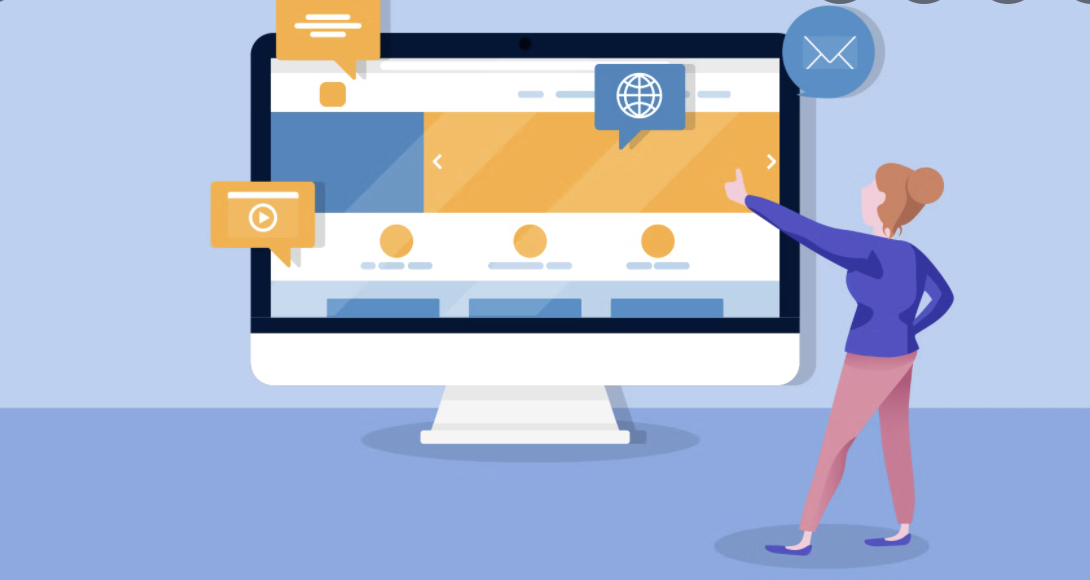Building your portfolio is a time-consuming and critical task in your career as a web designer. Utilize these prominent examples to guide you through the process of developing your web design portfolio.
A web design portfolio is a collection of hand-picked projects and case studies that a designer uses to demonstrate his finest and most promising work to prospective customers or companies.
Portfolios are seen as a point of introduction in the web design business, since they provide designers with their first chance to present themselves, their personality, their creative style, and professionalism, among other things.
Portfolios of web design might comprise real websites created by the designer, sample projects, case studies, web design templates, or even smaller-scale assets such as typeface design, illustration, and logo design.
As aspiring web designers, the time has come for us to have a firm grasp on how web design portfolios may help us advance our careers as designers, as well as the strategic thought and preparation required to create an appealing, complex design portfolio.
Let us check out some examples.
Why Do Designers Need A Web Design Portfolio?
There are several compelling reasons why every web designer needs a killer web design portfolio to put his best foot forward and get recruited for the web design tasks he has prepared himself to tackle.
This is true not just in terms of building his reputation, but also in terms of enhancing his chances of being recruited for prospective, high-quality projects.
1. Define Your Design Niche or Speciality:
As seasoned web designers, we understand that designers often identify themselves according to the sorts of organizations and websites with which they have expertise and interest.
These design niches might include anything from eCommerce websites to online news sites to personal trainers and therapists.
Potential customers will want to see not just comparable work to what they’re looking for, but also to know that you understand their sector in terms of company goals and audience interests.
Not only are design niches defined by sectors and verticals, but also by web design trends and website layouts.
If a company owner, for example, is interested in developing a website with video backdrops and clever motion effects, they’ll want to know if you’ve previously worked with those sorts of elements.
2. Let Clients Get To Know You:
A successful design project requires a strong client-designer connection. It’s more than developing a shared knowledge of the client’s requirements and the designer’s capabilities.
There is communication involved, as well as a requirement for a personal connection to “click.”
This is why, while reading your portfolio, potential clients will want to learn about you as a person, as an individual, to understand who they will be working with and the dynamic that will be brought to their team of experts.
The best place to introduce yourself to your portfolio visitors is often on your About page, which can be seen as a more personal or one-on-one version of the usual About Us page that you normally find on business websites.
We’ll discuss this portfolio component in more detail later in the essay.
Allowing consumers to get acquainted with you is more than just publishing your narrative on the About page.
It’s about determining which aspects of your personality you want to highlight, such as your strong taste and proclivity for vibrant color schemes, or your gift for language, which is evident in the titles and descriptions you employ throughout the portfolio.
Consider your imagery selection as a means to convey your individuality, whether it’s shots of stunning vistas and landscapes, current artwork, or images of you hard at work surrounded by walls of mind maps. You have the floor.
3. Clients are Short on Time:
There is also a pragmatic reason why persons seeking employment believe that project displays and case studies are a more efficient method of assessing designer applicants.
Clients looking for web design specialists sometimes get hundreds of portfolios and resumes. Time is critical, deadlines must be fulfilled, and consumers want their queries addressed swiftly.
This implies that combing through pages of explanations on who you are as a designer and why your expertise is valuable is less enticing to folks on a tight schedule.
Rather than that, analyzing completed projects may be an effective approach for customers to see if your talents are a suitable match for their requirements.
4. Online Portfolios Demonstrate Your Expertise:
When customers are seeking to engage an individual web designer or a design firm, they are most interested in viewing the designer’s or designers’ actual work.
True, customers want to know which tools you use for design, which design specialty you specialize in, and so on; but, they are more interested in viewing work samples.
Once they see what you’re capable of, they’ll have a better idea of if your design experience, style, and other characteristics are a suitable match for what they’re searching for.
This implies customers want to see examples of actual, concrete work completed by creative experts in the past.
Clients want to understand your thinking process and how you would translate their concepts into visual material while using your creativity and design talents.
They want to see how you overcome obstacles and create a distinctive, impressionable website that successfully expresses who they are and what they do.
5. Online Portfolios Make You Searchable and Accessible To Clients:
Everybody is aware that today, everything revolves around Google.
When companies are looking for a web designer, whether they specialize in a certain sector or are based in a particular region, doing an appropriate internet search brings them closer to their options.
When prospective customers search for a freelance web designer in Seattle, Washington, for example, they are likely to type “freelance web designer in Seattle” or something similar.
If your design portfolio complies with SEO standards, you’re in excellent condition to acquire that employment.
What To Include On Your Web Design Portfolio Website?
While your web design portfolio should be unique to you or your design firm, several things should be included in every portfolio.
1. Contact page:
Potential customers will be unable to employ you if they do not know how to contact you. It is critical to have a contact page that contains a contact form or your email address.
Additionally, the contact page is an excellent location to post connections to your social media profiles and other relevant accounts, such as LinkedIn, Dribbble, Behance, and Medium.
2. Services:
This section allows you to specify the sort of web design services you provide. Clients may have varying perceptions of what a web design package entails; thus, utilize this page to explicitly define the work you do.
3. Work/portfolio page:
Whether you call this page work or portfolio, it should highlight your greatest design projects and case studies. Curate your finest work – the work that demonstrates both your abilities and the sort of work you like.
Include comprehensive case studies that detail your design approach for the project and prototypes of the finished product wherever feasible.
4. About page:
Your about page is just that – a page dedicated to you. This is your time to shine, so showcase your personality and share a piece of your tale.
Additionally, you may use this page to expand on your introduction to design and define what design means to you. This helps prospective clients have a better understanding of how you approach your business.
5. Homepage/main landing page:
Your portfolio website’s homepage is perhaps the most crucial page. While the primary objective is to attract prospective customers’ attention to your work and case studies, your homepage is what piques their interest in your portfolio of work.
Integrate your Behance, Dribbble, LinkedIn, and email accounts into your website’s footer or navigation bar using your website builder’s social symbol integration.
This is a widely accepted business practice that guarantees your contact information is displayed on every page of your website.
These are the basic pages that you’d see on a website for a design firm or portfolio. If you choose a template, these pages will often have filler content that you can simply include in your portfolio website.
Frequently Asked Questions: Best Web Designer Websites 2025
👉 How much should a Web designer charge?
Self-designing a website is the least expensive alternative. The price ranges from $100 to $3,000 or more. A basic bespoke website design from an agency may cost between $15,000 and $30,000, whereas more complex websites cost between $40,000 and $75,000+.
✅ What is a good website?
A well-designed website is crawlable and informs search engines about what they can and cannot index. A good website does not have a large number of mistakes. An excellent website loads very quickly from any location on the planet. Ascertain that you are doing all necessary to ensure that those pages load as quickly as possible.
👉 Can I host my website?
You certainly can. This is a piece of software that enables Internet users to access your computer's web files. Your Internet service provider enables you to browse the web from your home computer.
👉 Can you make a website for free?
While you may create a website for free, there are some caveats. On website builders, free accounts are missing a slew of critical functionality. Custom domains are not supported, and your free site will have advertisements for the website builder. If you're interested in learning more about website creation, the free choices are worth considering.
Quick Links:
Conclusion: Best Web Designer Websites 2025
We learned in this post how developing a design portfolio may make a lasting impression on prospective employers.
By doing so, you’re seizing the opportunity to demonstrate (and even prove) your distinct expertise — making it crystal evident where your strengths and abilities as a designer lie.
Extremely general portfolios imply that the designer lacks a true specialty or niche, as well as a distinct message in his or her work.
Finding a balance between adhering to web design portfolio best practices and including your unique, one-of-a-kind style and abilities – will entice prospective clients to examine your portfolio further and consider employing you for their next project.

